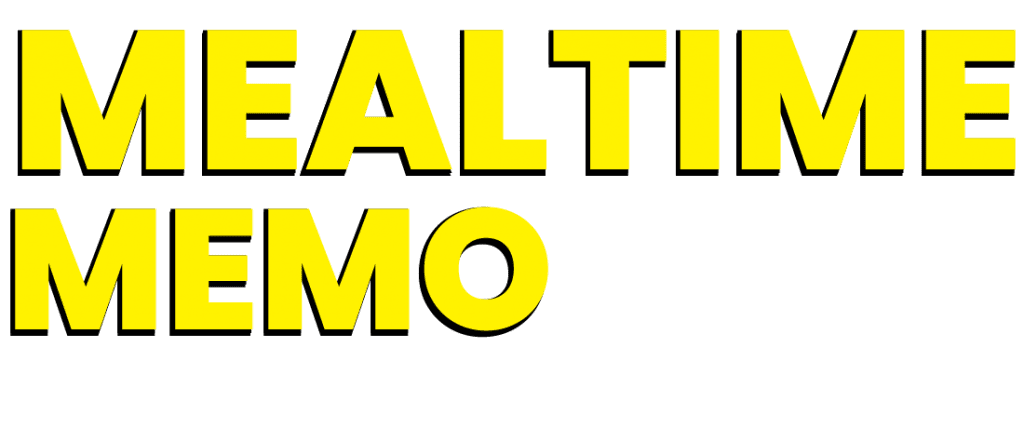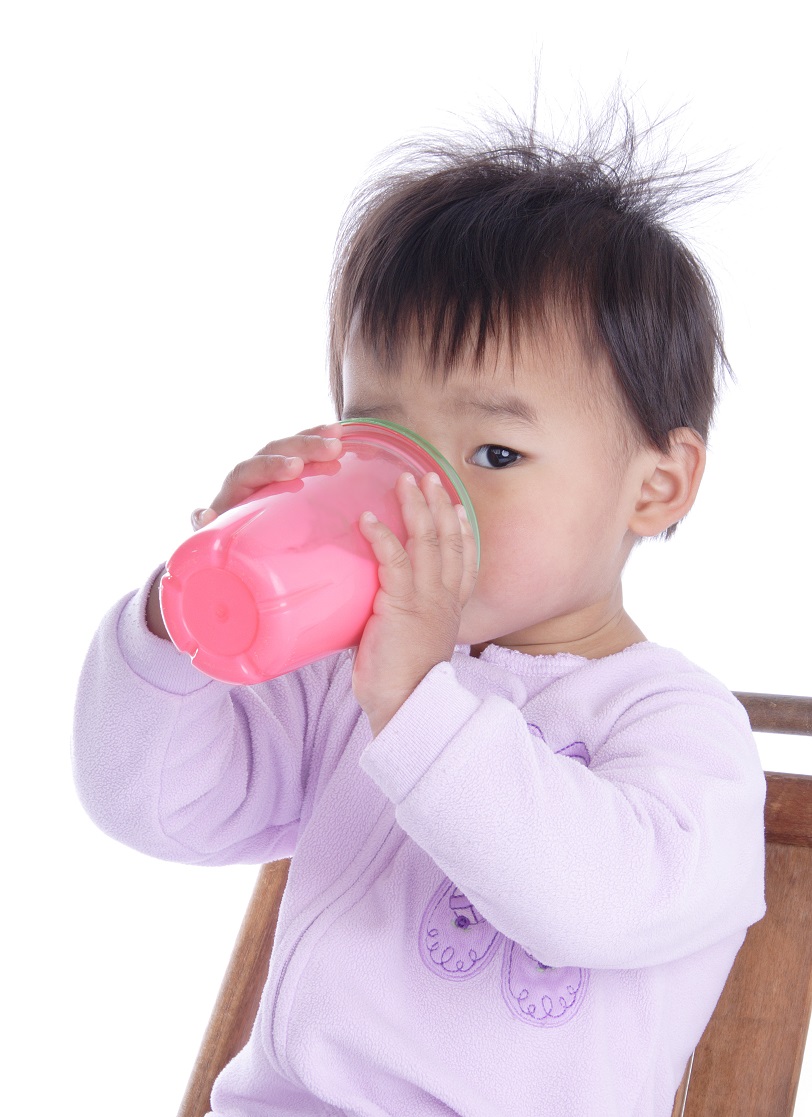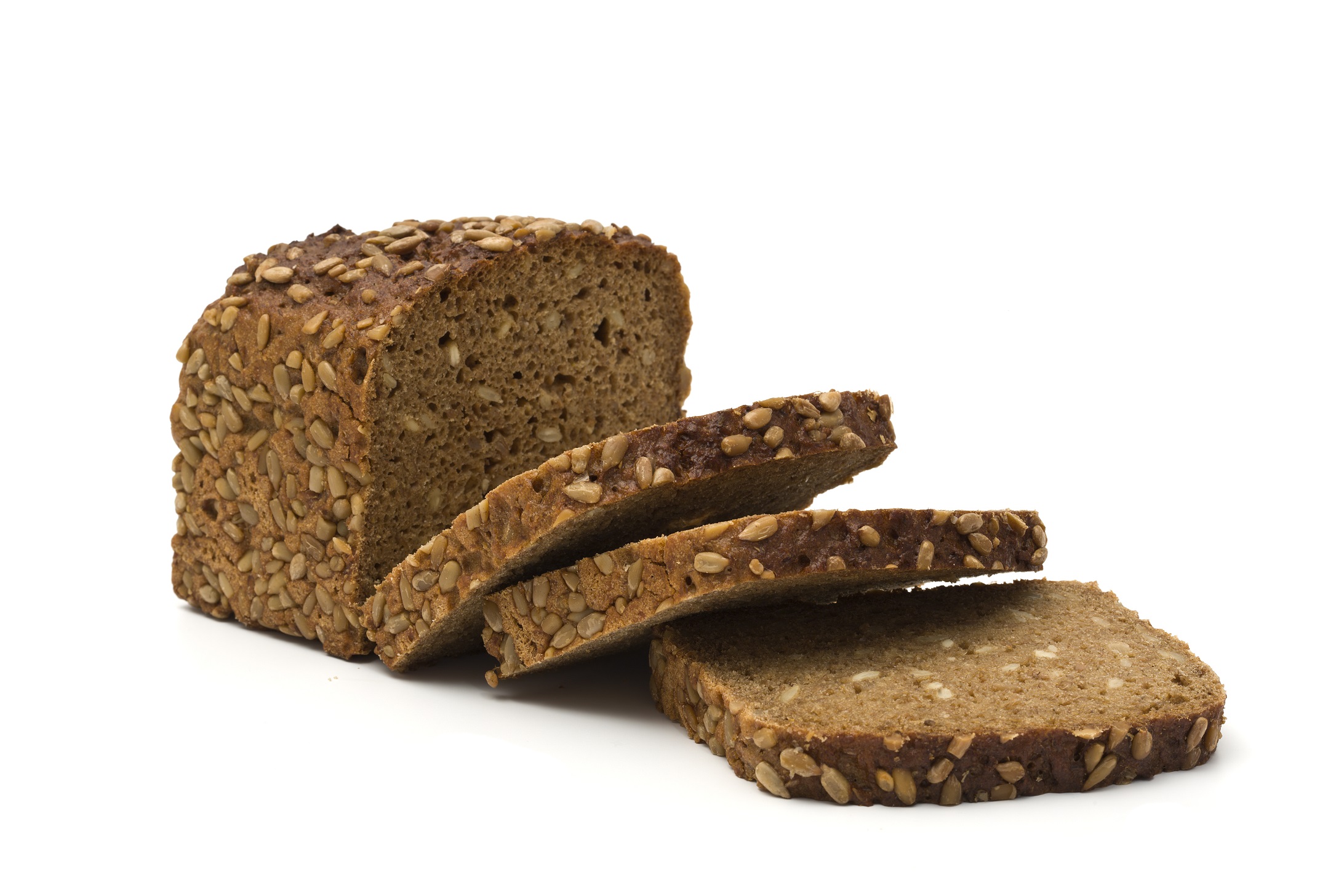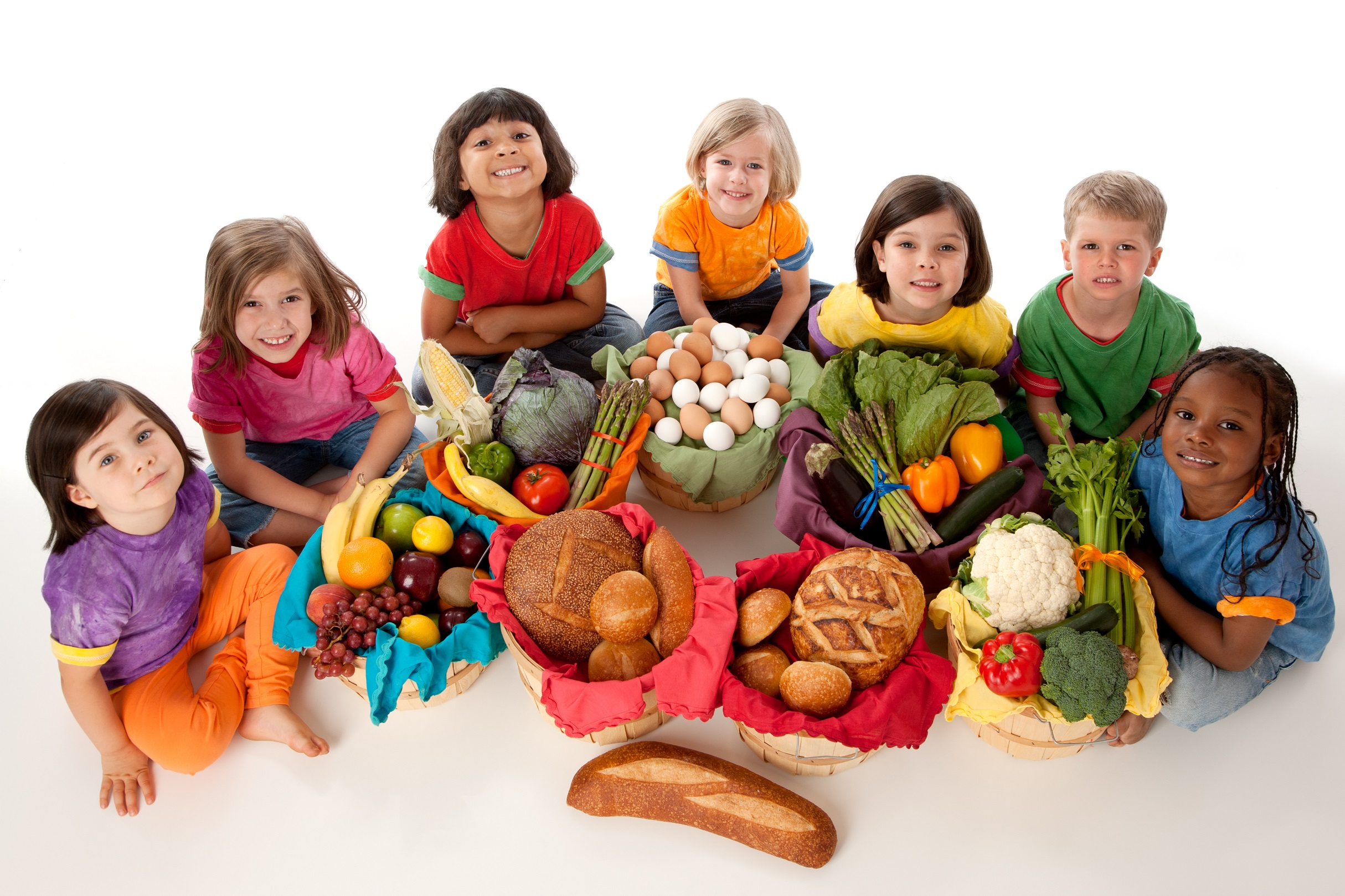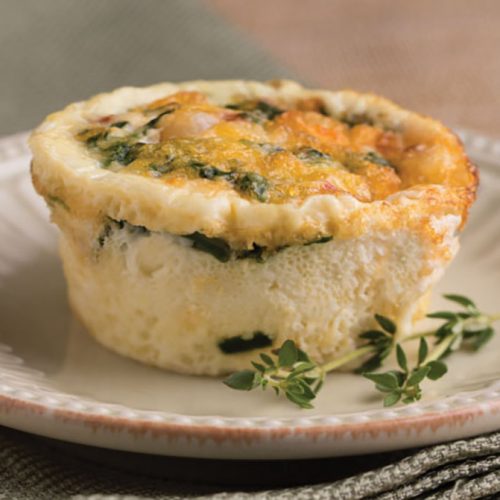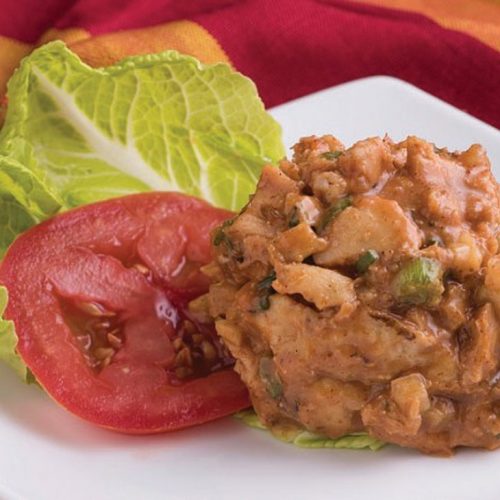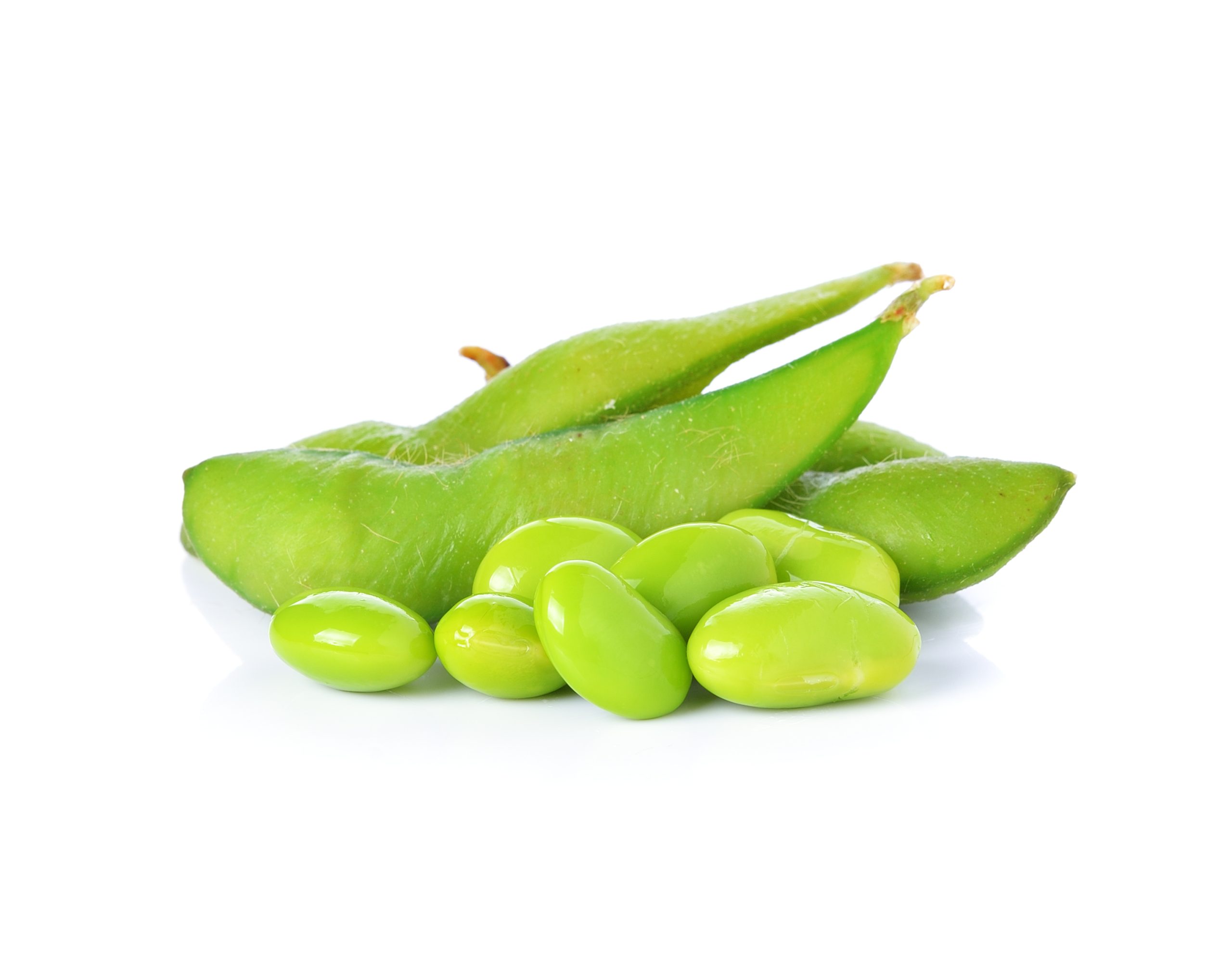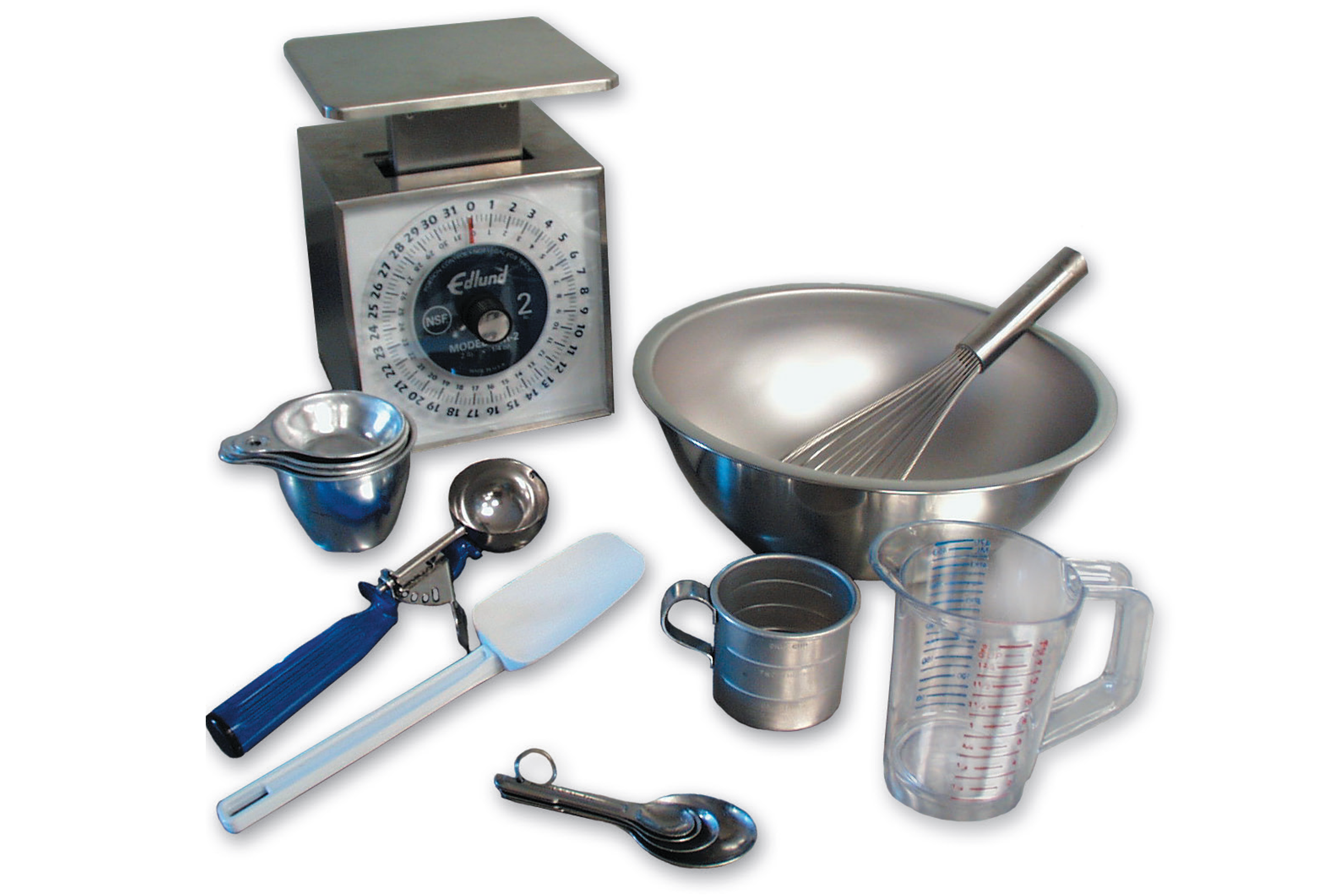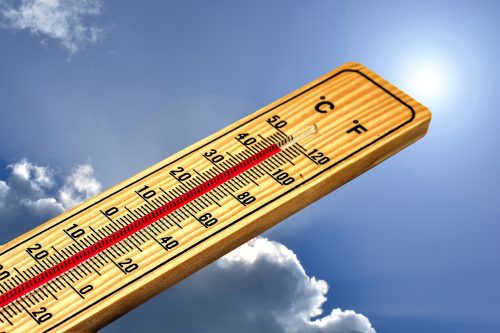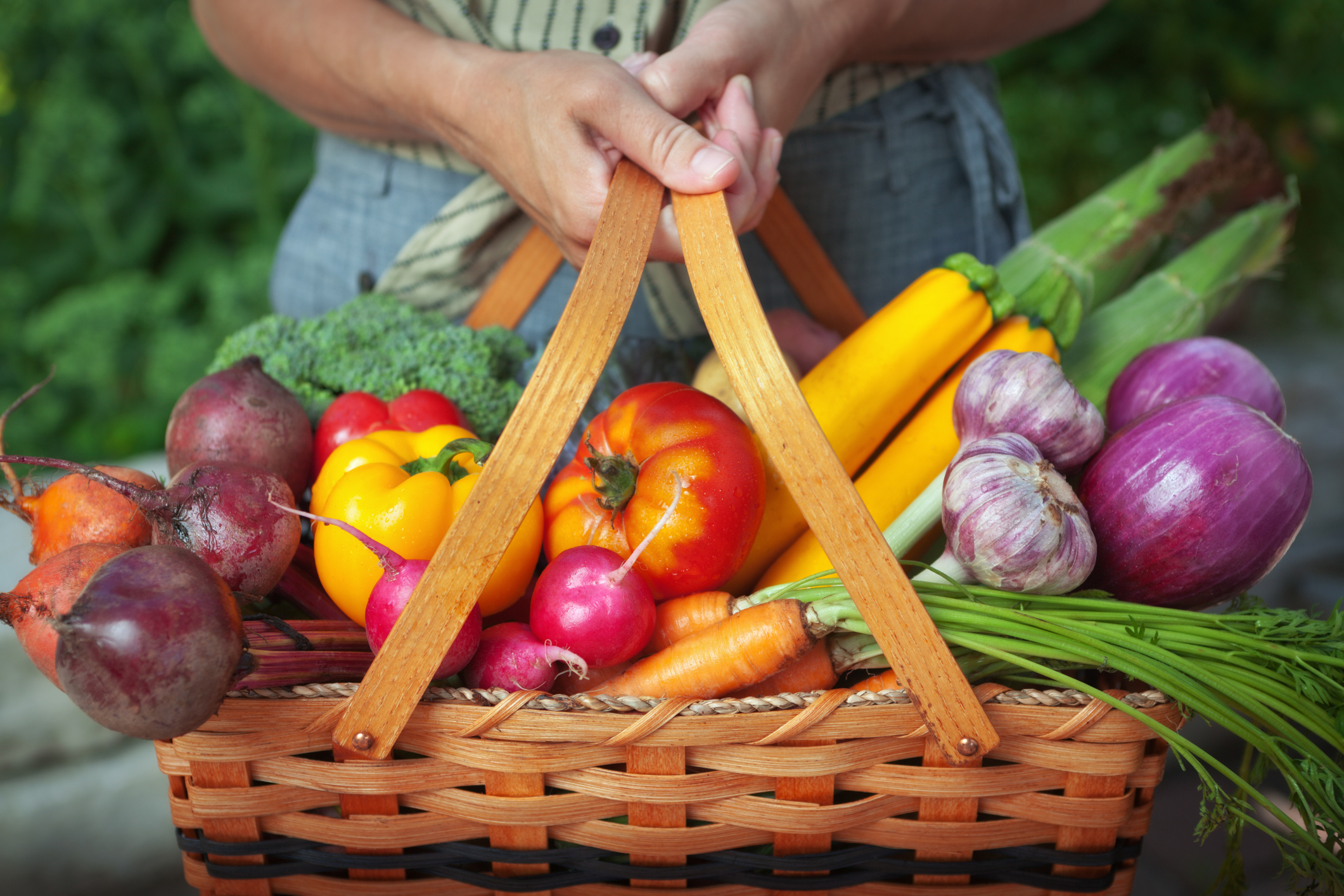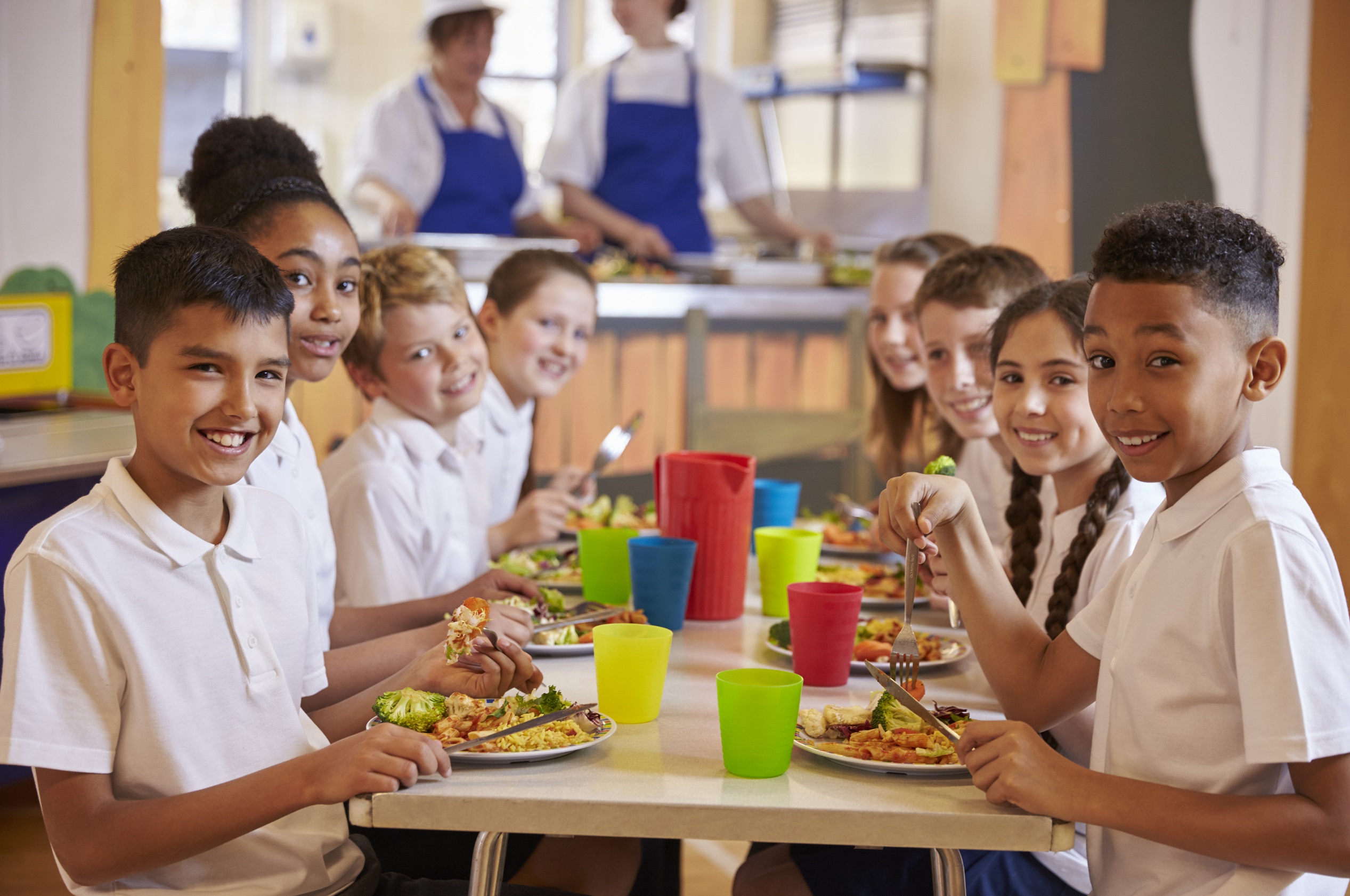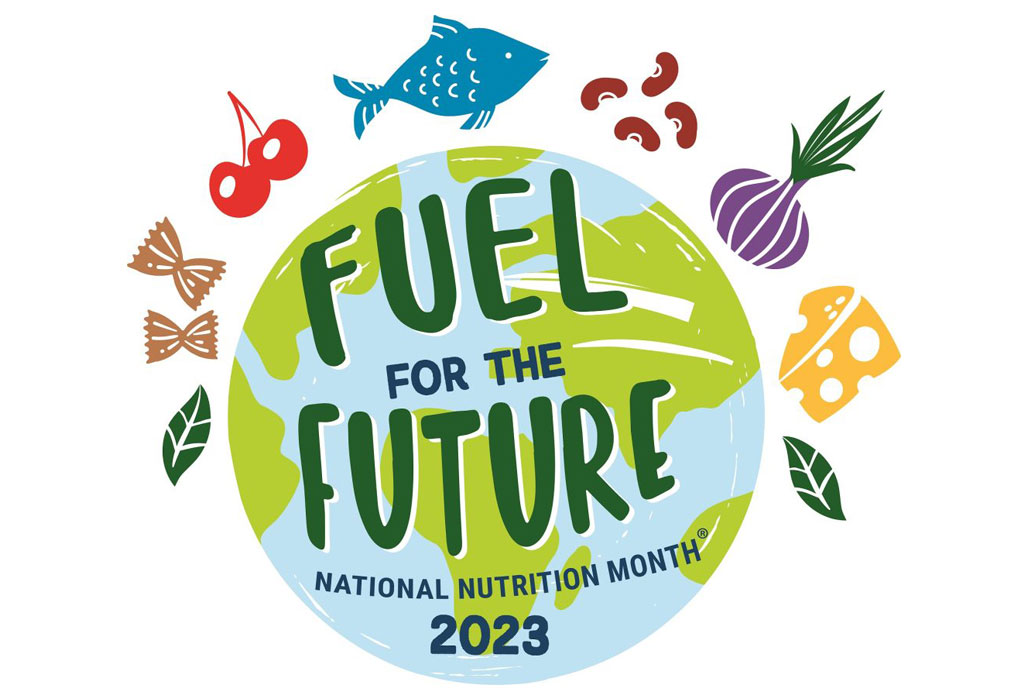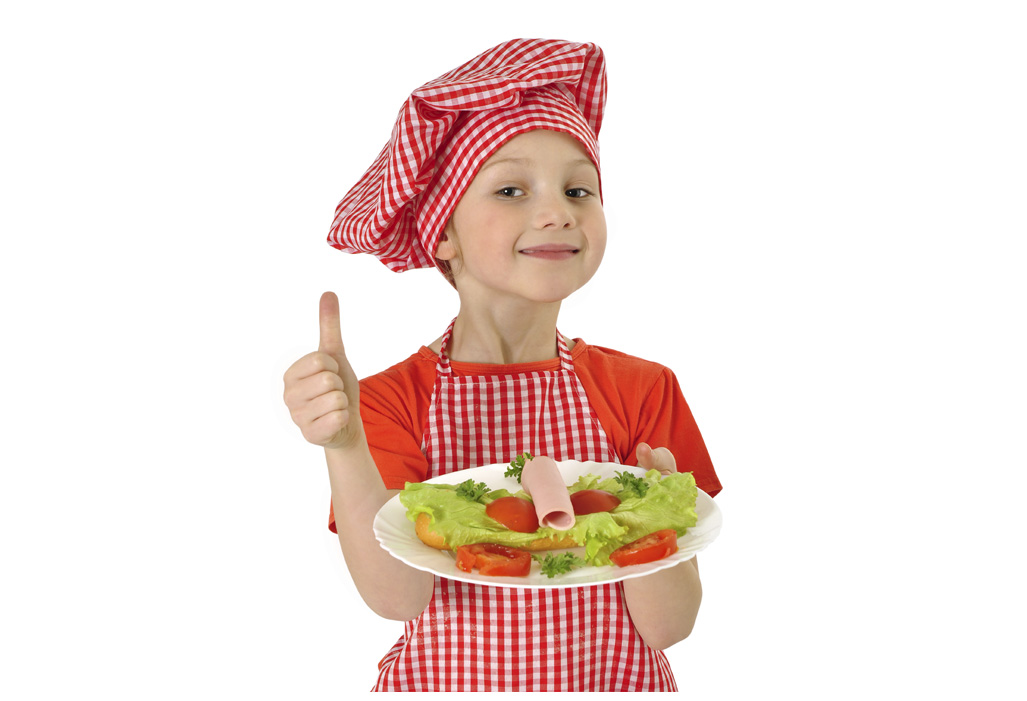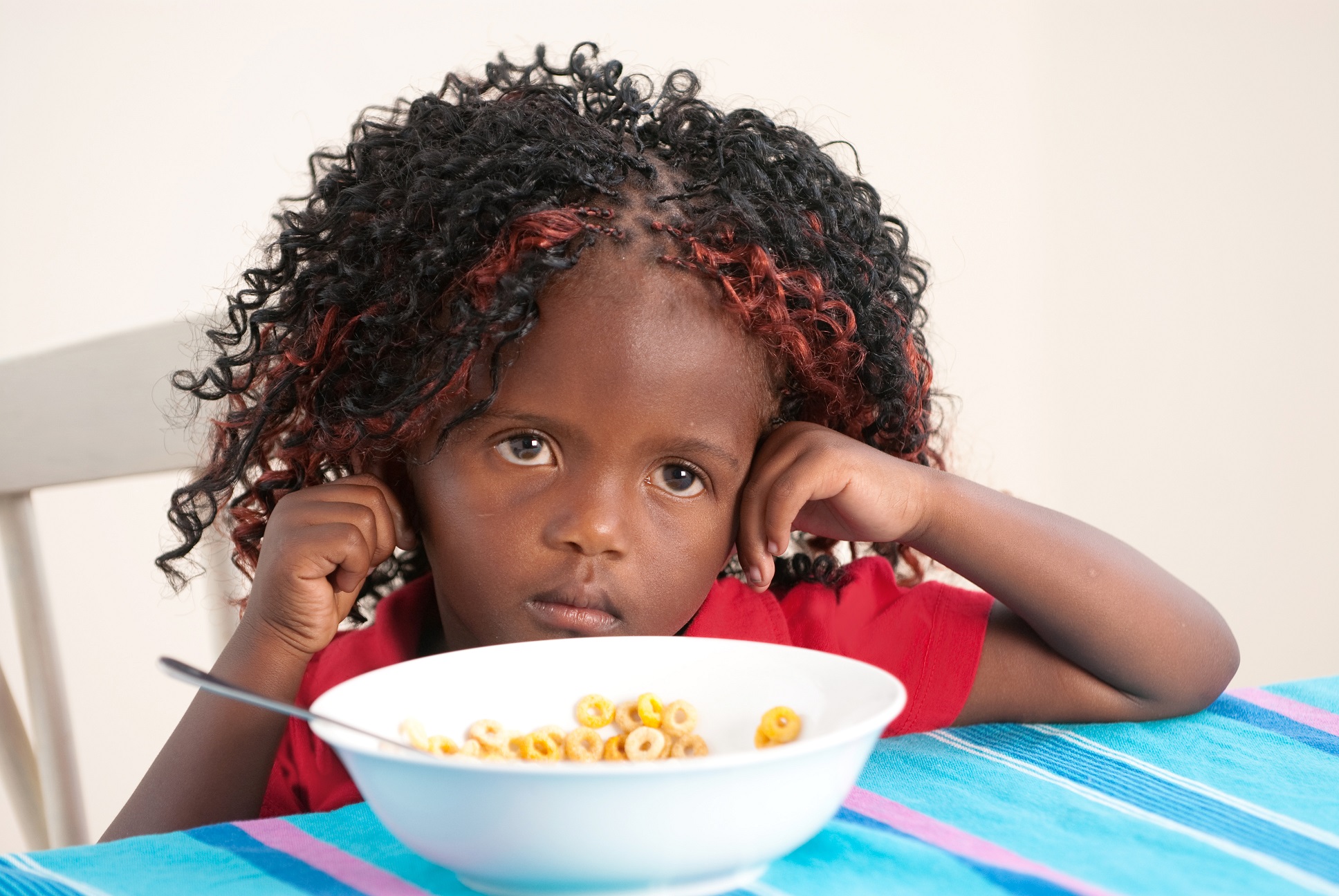
In the United States, about 7% of children ages 1–5 have iron deficiency anemia—and this number is even higher for children ages 1–2. Iron deficiency anemia occurs when there is not enough iron in the body to produce healthy red blood cells to carry oxygen throughout the body. Our bodies only need a small amount of iron, but without it, a child can appear pale in color; suffer from frequent headaches; or feel cranky, tired, and weak. This Mealtime Memo reviews good sources of iron and how the CACFP Meal Pattern supports a healthy intake of iron.
Sources of Iron
There are two main types of iron found in the food we eat. Heme iron is found in animal products like meat, seafood, and eggs. Non-heme iron is found in plants like dried beans and peas, tofu, and green leafy vegetables. Heme iron is absorbed better in the body than non-heme iron. Let’s explore ways to serve foods so that the body best absorbs iron.
CACFP Meal Patterns and Iron
Infants and Iron
Infants are born with a certain amount of iron in their bodies. Over time, they need additional iron from their diet for proper development. As the infant is developmentally ready, the CACFP Infant Meal Pattern allows for serving foods that are good sources of iron, such as iron-fortified infant cereal, meat, fish, poultry, eggs, and cooked dry beans and peas.
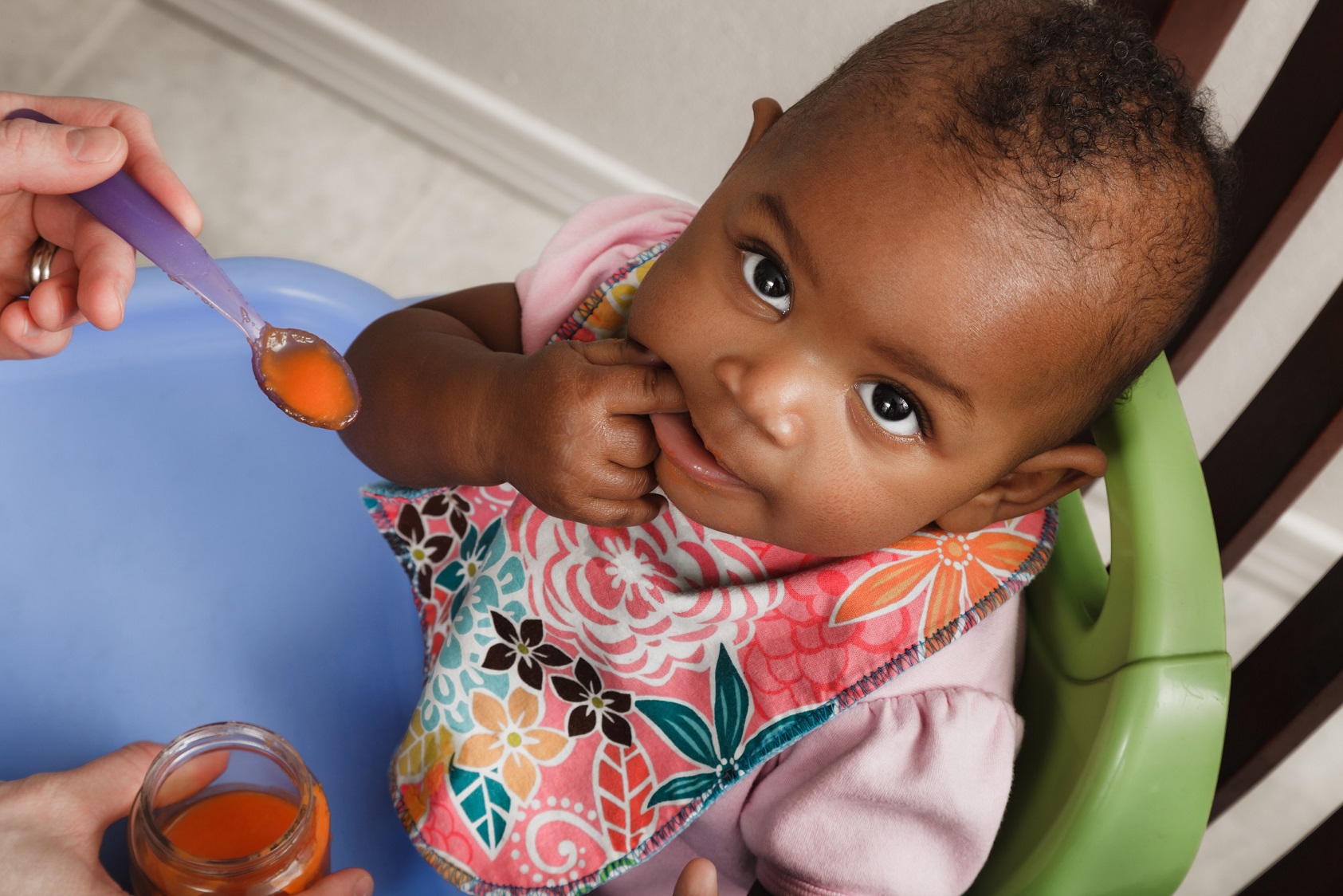
High Iron Meats/Meat Alternates
In the CACFP, meats and meat alternates may be served as a breakfast component up to three times a week, are required at lunch (and/or supper), and are an option at snack. Yogurt and cheese are not good sources of iron, but the following meats/meat alternates are good sources of iron.
- Lean meat, poultry, and fish*
- Tofu and soy products
- Eggs*
- Cooked dry beans or peas
- Peanut butter, soy nut butter, or other nut and seed butter (These can be choking hazards and should only be offered when developmentally appropriate.)
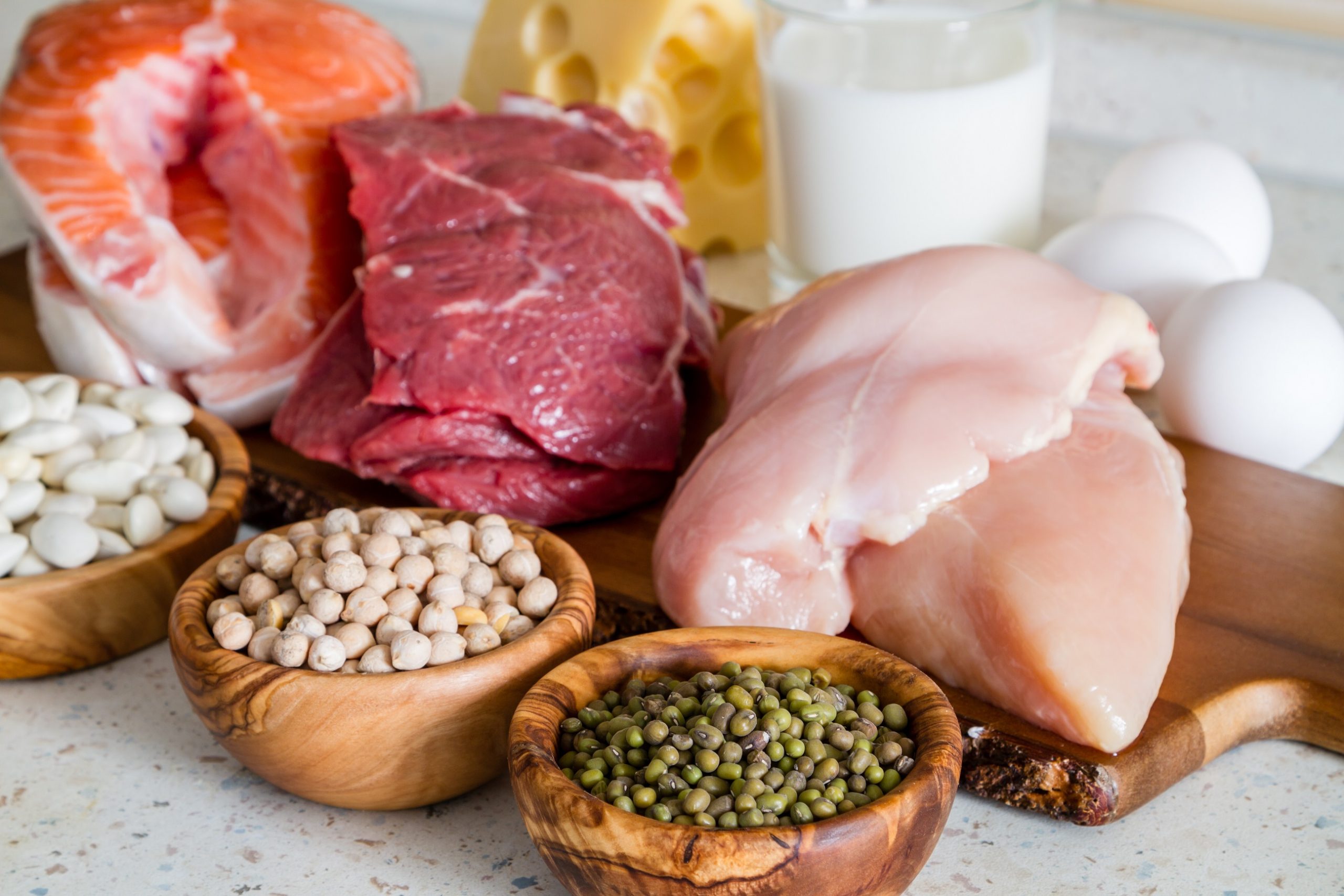
*Heme iron sources (noted above with an asterisk) are better absorbed than non-heme sources. However, eating non-heme and heme iron sources together helps increase non-heme iron absorption. For example, serving chicken thighs and baked beans together will increase the absorption of the non-heme iron in the baked beans.
Fruits and Vegetables and Iron
Many vegetables are a source of non-heme iron, which is not absorbed as well in the body as heme iron from animal sources. Vitamin C helps with iron absorption. To help the body better absorb non-heme iron, serve these foods with fruits and vegetables that are good sources of vitamin C.
Good sources of non-heme iron:
- Broccoli
- Lentils
- Potatoes
- Soybeans
- Spinach
- Sweet potatoes
Good sources of vitamin C:
- Bell peppers
- Oranges
- Strawberries
- Tomatoes
Examples of pairing a source of non-heme iron with a food high in vitamin C:
- Bean burrito and tomatoes
- Spinach salad with strawberries
- Stir-fry with broccoli and bell peppers
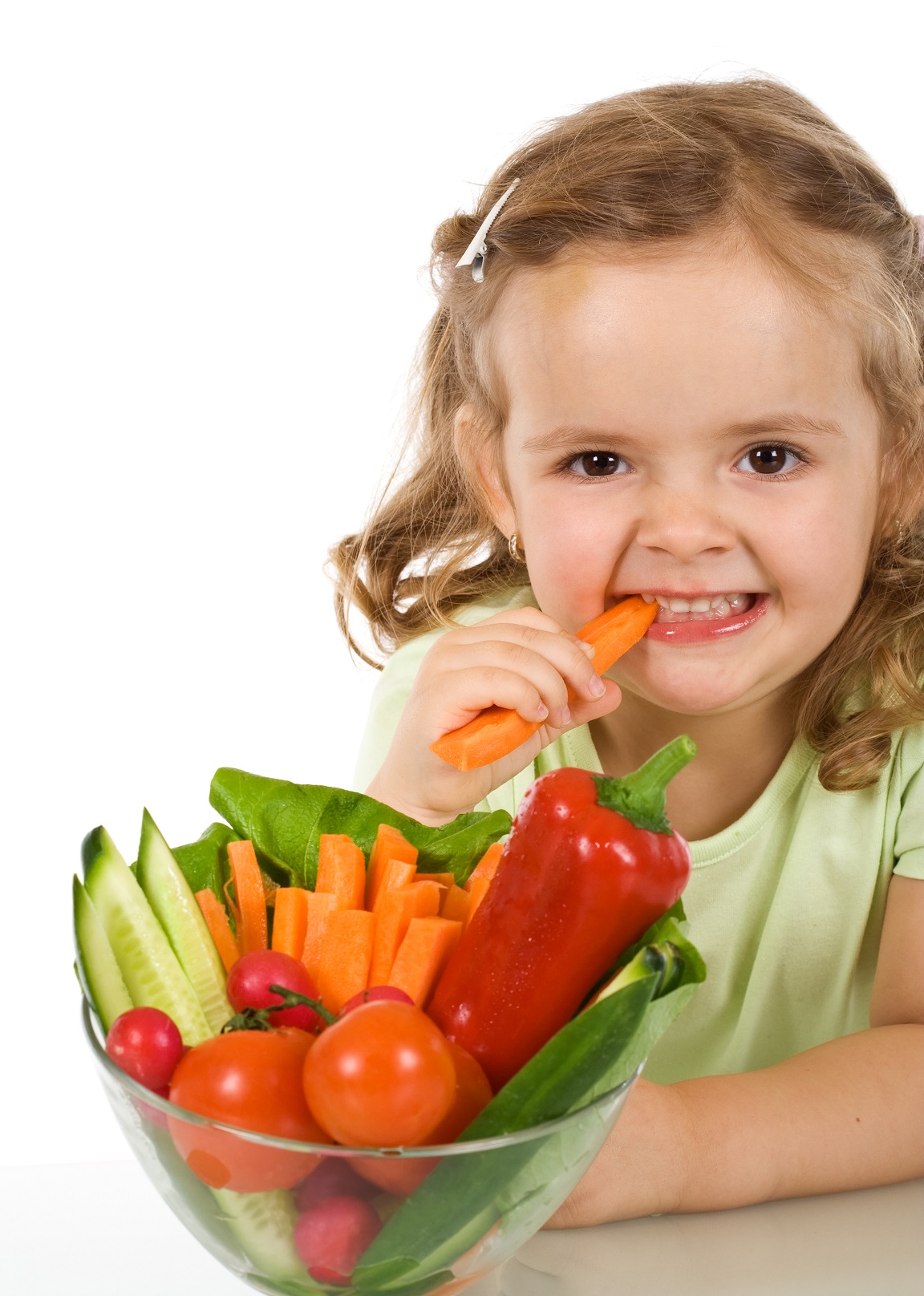
Menu Ideas
The following menu ideas provide a variety of foods, colors, and textures that are appropriate for young children and have at least one component that contains iron. Some recipes contain multiple food components listed in parentheses after the recipe.
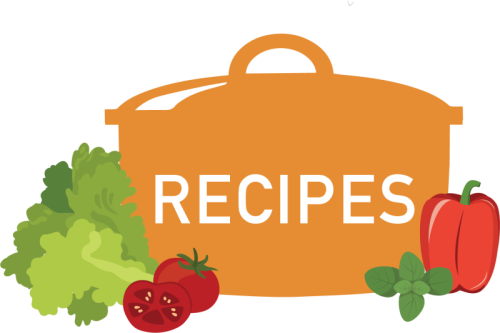
Recipes
- The Child Nutrition Recipe Box has USDA standardized recipes for child care centers and family child care homes.
- The Child Nutrition Recipe Box: New CACFP Lunch/Supper Recipes has standardized recipes per age group (3–5 and 6–18 year-olds) and for servings of 6, 25, and 50.
References
Centers for Disease Control and Prevention. (n.d.). Iron. https://www.cdc.gov/nutrition/infantandtoddlernutrition/vitamins-minerals/iron.html
Dietary Guidelines for Americans. (n.d.). Food sources of iron. https://www.dietaryguidelines.gov/resources/2020-2025-dietary-guidelines-online-materials/food-sources-select-nutrients/food-1
Gupta, P. M., Perrine, C. G., Mei, Z., & Scanlon, K. S. (2016). Iron, anemia, and iron deficiency anemia among young children in the United States. Nutrients, 8(6), 330. https://doi.org/10.3390/nu8060330
Institute of Child Nutrition. (n.d.). Barbeque chicken or tuna salad – USDA recipe for child care centers. Child Nutrition Recipe Box. https://theicn.org/cnrb/recipes-for-centers-salads/barbecue-chicken-or-turkey-salad-usda-recipe-for-cacfp/
Institute of Child Nutrition. (n.d.). Child nutrition recipe box. https://theicn.org/cnrb/
Institute of Child Nutrition. (n.d.). New CACFP lunch/supper recipes. Child Nutrition Recipe Box. https://theicn.org/cnrb/2022-cacfp-recipes/
Institute of Child Nutrition. (n.d.). Vegetable frittata – USDA recipe for family child cares. Child Nutrition Recipe Box. https://theicn.org/cnrb/recipes-for-homes/recipes-for-homes-main-dishes/vegetable-frittata-usda-recipe-for-family-child-care-center/
Institute of Child Nutrition. (2022, July 7). Child and adult care food program infant meal pattern. https://theicn.org/resources/1482/cacfp-meal-pattern-posters-and-infographics/115250/cacfp-infant-meal-pattern-poster.pdf


